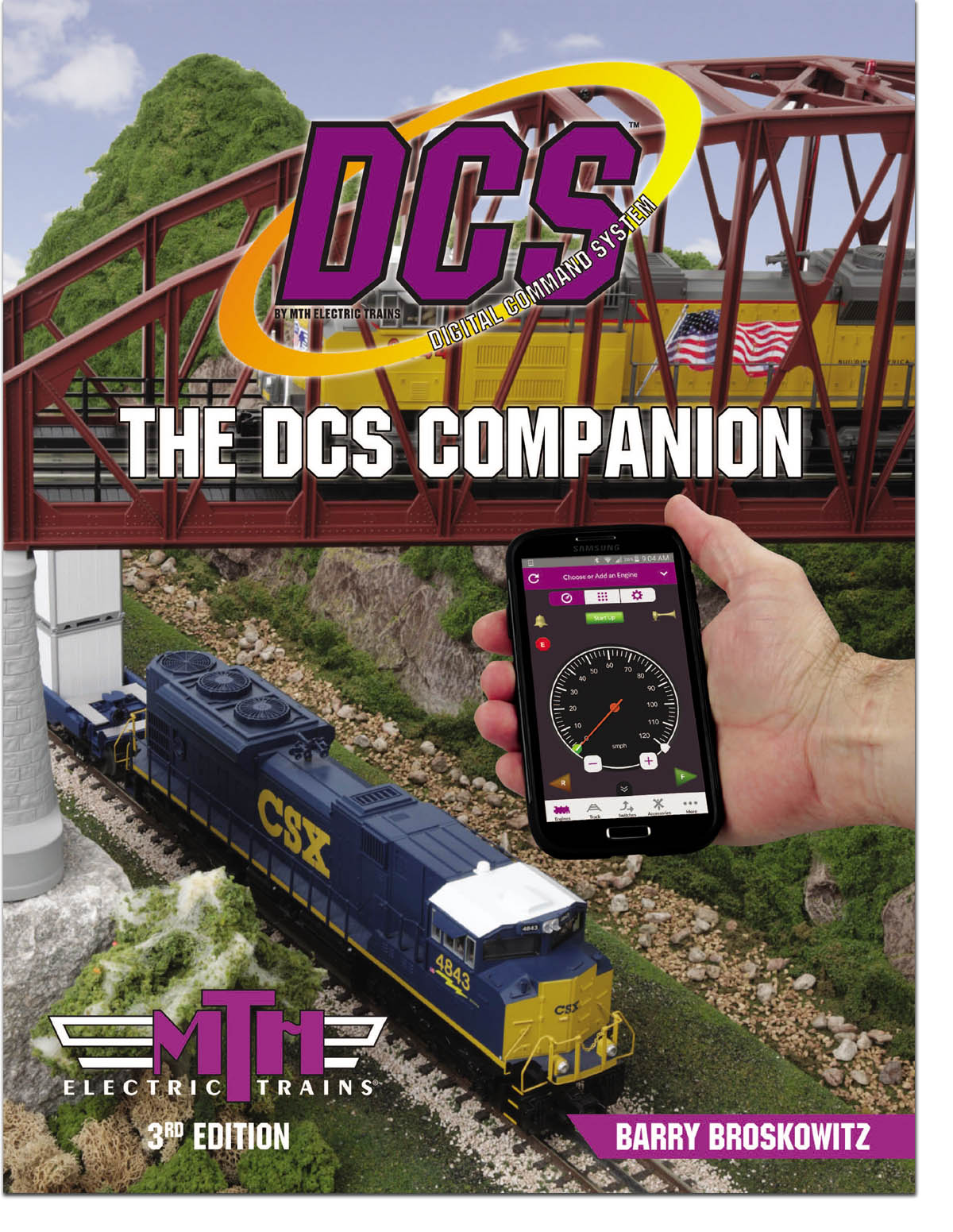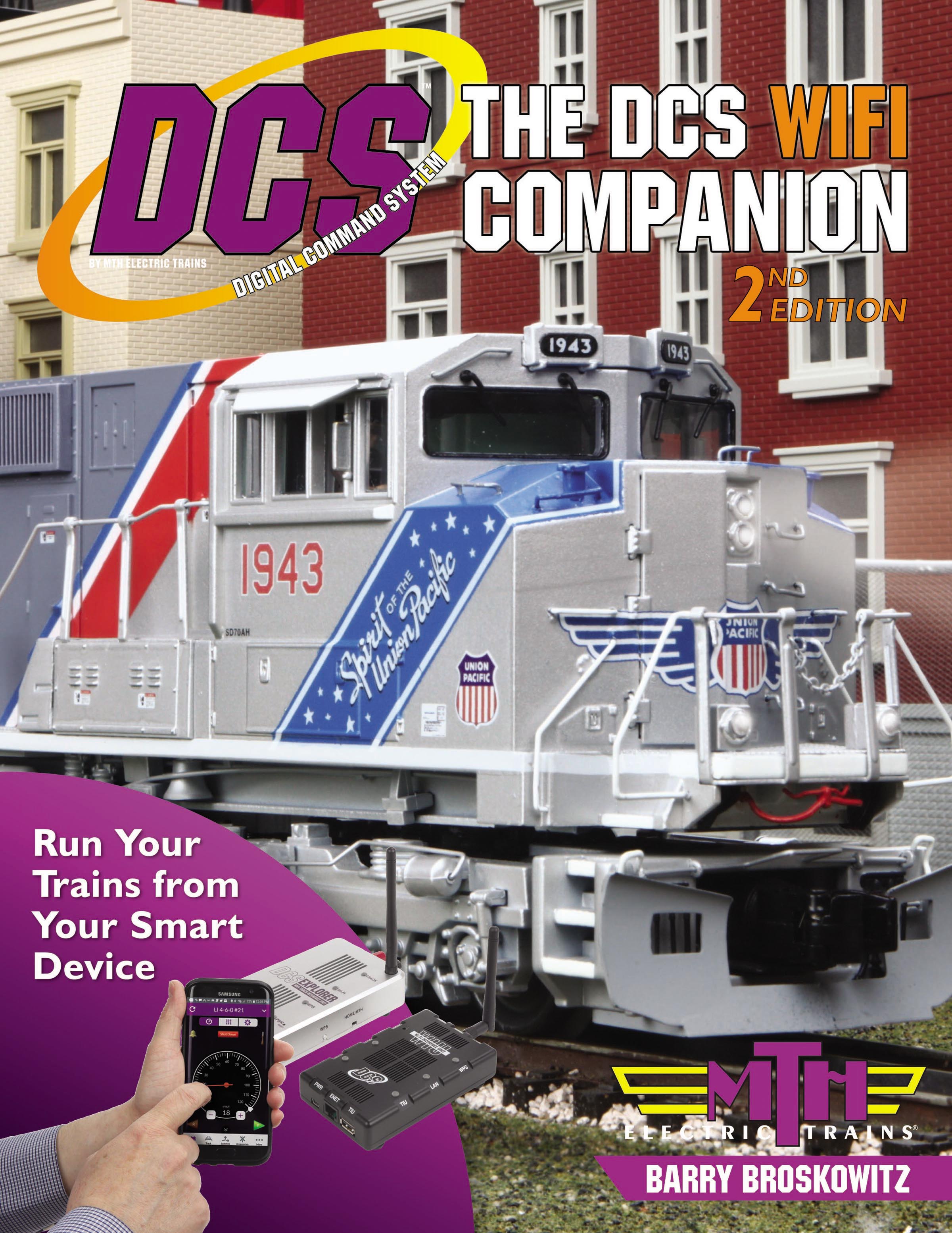2 trains of thought.
One thought is, share the same source you are using for passive mode- ensuring the polarity/phase is correct on the input jack. That said, if we are talking a variable power, this may not be ideal. Fixed power fine. Another factor it takes time for the device to boot up- a lot of time, longer than any TIU. No watchdog would be sent before the engine boots and decides conventional mode because of no watchdog on powerup. Again, on first power up or first power of the track- if this was tied to the input- the Explorer takes significant time to boot.
So really, you kind of want a constant on fixed voltage- not tied to track ON/OFF or variable state.
The explorer takes AC or DC with a wide range input roughly 12-20V AC or DC and was supplied in sets with a DC supply. So, you could use a 12V supply (AC or DC) say 1-2A for power of the Explorer logic and thus DCS signal (also keeping the wifi up and operational). Even though we are putting in DC and putting out DC, We have this isolation circuit compared to the track AC power- only passing the DCS signal.
Obviously it all needs tested.
Again, the idea in the first example is, since it's the same power source- effectively there is near zero current flowing through since both sides are the same source. But like I said, it has a con- the boot time of the device. Further, something not discussed previously- the watchdog- probably only sent when the channel is "turned on" but without scoping and analyzing, or just real world testing with an engine, kind of an unknown.
The second way is just powering the Explorer all the time with a small power supply- could be nearly anything. It's not providing significant current other than to power the electronics. If we have true isolation and only DCS signal passes, then in theory, it doesn't matter AC or DC. It's goal is just to keep that processor and electronics running and not rebooting each time power is applied.









